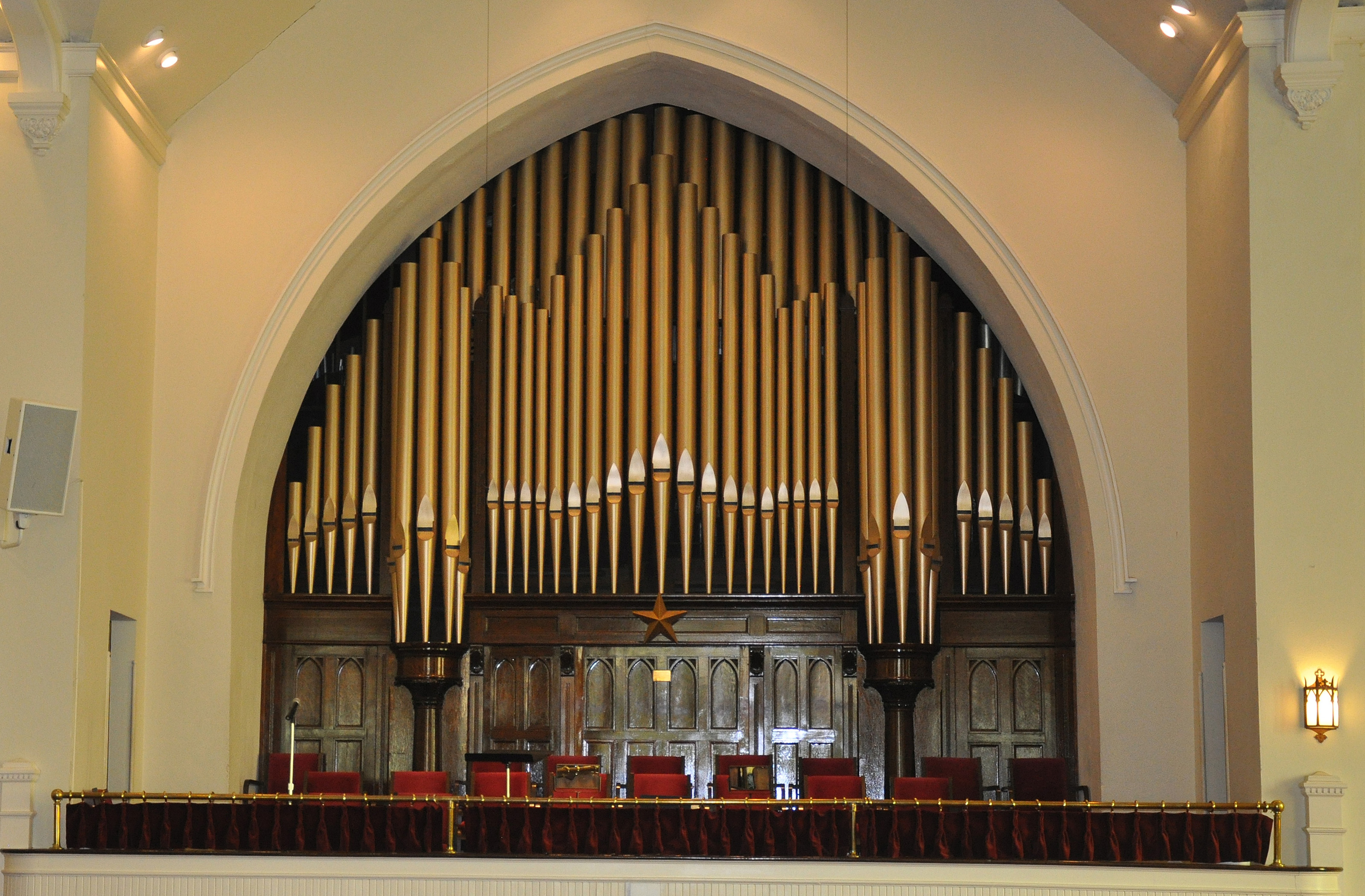Spiritually Speaking – January 2019
Did you set up a crèche (nativity scene) at your house this year? They are a common sight at Christmastime, but what could seem like a simple decoration actually has a lot of spiritual lessons if you look hard enough. St. Francis of Assisi created the first crèche in 1223—in an attempt to bring the focus of Christmas back to the birth of Christ—and away from material, gift-giving customs.
United Methodist Jeanne Honeycutt has spent time researching the meaning behind variations in crèche displays. She and the volunteers from First United Methodist Church in Tullahoma, Tennessee maintain a permanent Nativity Museum at their church, which showcases more than 400 crèches. Honeycutt shared her research with us and explained the symbols listed below.
Halos: The halo, or nimbus, has been used for centuries to denote deity. When appearing in Christian art, a halo symbolizes the light of God and a soul infused with God’s spirit. The halo also signifies God’s “glory”, from the Greek word doxa—meaning the shining brilliance of God.
Jesus’ Outstretched Arms: The Christ Child’s outstretched arms reflect the invitation to salvation through Him.
Stable: Most scholars believe that the stable referred to in the Gospels was most likely a cave built into the rocks behind, or adjacent to, the inn. This illustrates the divine truth that the Son of God came down to the very heart of the earth to dwell among humanity. Later, the cave would be revered as Christ’s burial place, from which He would be resurrected.
Swaddling Clothes: Swaddling clothes, as described in the New Testament, foretell Jesus’ burial shroud.
The Virgin Mary’s Gown: The Virgin Mary often wears a gown of red, signifying lifeblood. Her mantle of blue represents the sky and heaven, conveying that she is the link between the human and the divine.
Hands over heart: At times Mary is seen with hands clutched over her heart, alluding to St. Luke’s account: “But Mary kept all these things and pondered them in her heart.” (Luke 2:19)
Shepherds: The shepherds represent the common man. They also reference David, the shepherd who became king, and indicate Christ’s ancestral lineage.
The Good Shepherd: Throughout the Old Testament, God is often referred to as a shepherd: “He gathers the lambs in his arms and carries them close to his heart.” (Isaiah 40:11)
The Magi: The three wise men—or Magi—are often depicted as being three different ages—one young, one middle-aged, and one elderly—relating to the three stages of life.
Gifts of the Magi: The gifts the Magi bring to Christ also take on significance. Gold indicates Christ’s kingship; incense symbolizes his divinity; and myrrh foreshadows his death.
Nationalities of the Magi: The Magi are often portrayed as coming from three geographical and cultural areas—Asia, Africa, and Europe—referring to the three known continents at the time.
The Magi’s Animals: The animals that carry the Magi to Bethlehem vary as well. You may see them riding a horse from Europe, a camel from Asia, and an elephant from Africa.
The Stable Animals: The ox and ass illustrate that Christ is the king of all creation, both human and animal. The ox is believed to represent patience, while the ass connotes humility.
The Animals Watch over Christ: The animals are often seen hovering over the Christ Child, as though to warm him with their breath.
Lambs: Having accompanied the shepherds, lambs are almost always present. The lamb symbolizes purity and points toward Jesus’ sacrificial death upon the cross.
A Rooster: The rooster is sometimes included as a symbol of vigilance, and it foreshadows the cock crowing three times on the night of Jesus’ betrayal.
A Dog: The dog is believed to embody faithfulness and loyalty.
Columns: The presence of Roman or Greek columns, often as ruins, depicts Christianity’s triumph over the pagan world. Also illustrating Jesus’ birth into both a Jewish and Hellenistic world, they reiterate the message that Christ came for all races and all cultures.
A Well: The presence of a well signifies the purity of Jesus and references the waters of baptism.
Palm Branches: Romans acknowledged the palm branch as a symbol of victory. In a nativity, palms represent the branches waved on Christ’s entry into Jerusalem; they foretell his triumph over the grave.
Contemporary Figures: The inclusion of contemporary figures in native clothing helps Christians of different cultures to relate personally to the events of the Holy Night.
Farmers, Bakers, and Candlestick Makers: At times, figures representing common occupations are added to emphasize that Christ came for people from all walks of life.
Authors: Jeanne Honeycutt and Lilla Marigza—UMC.org

